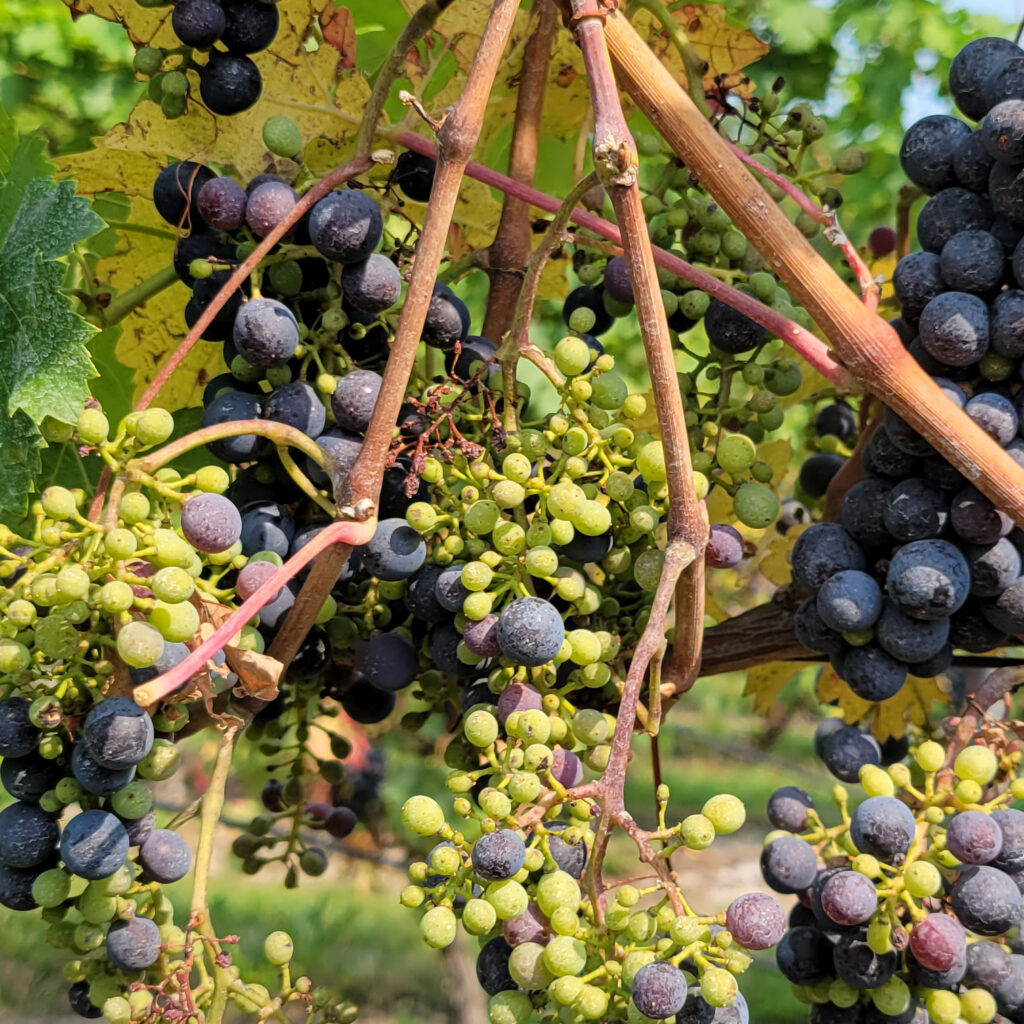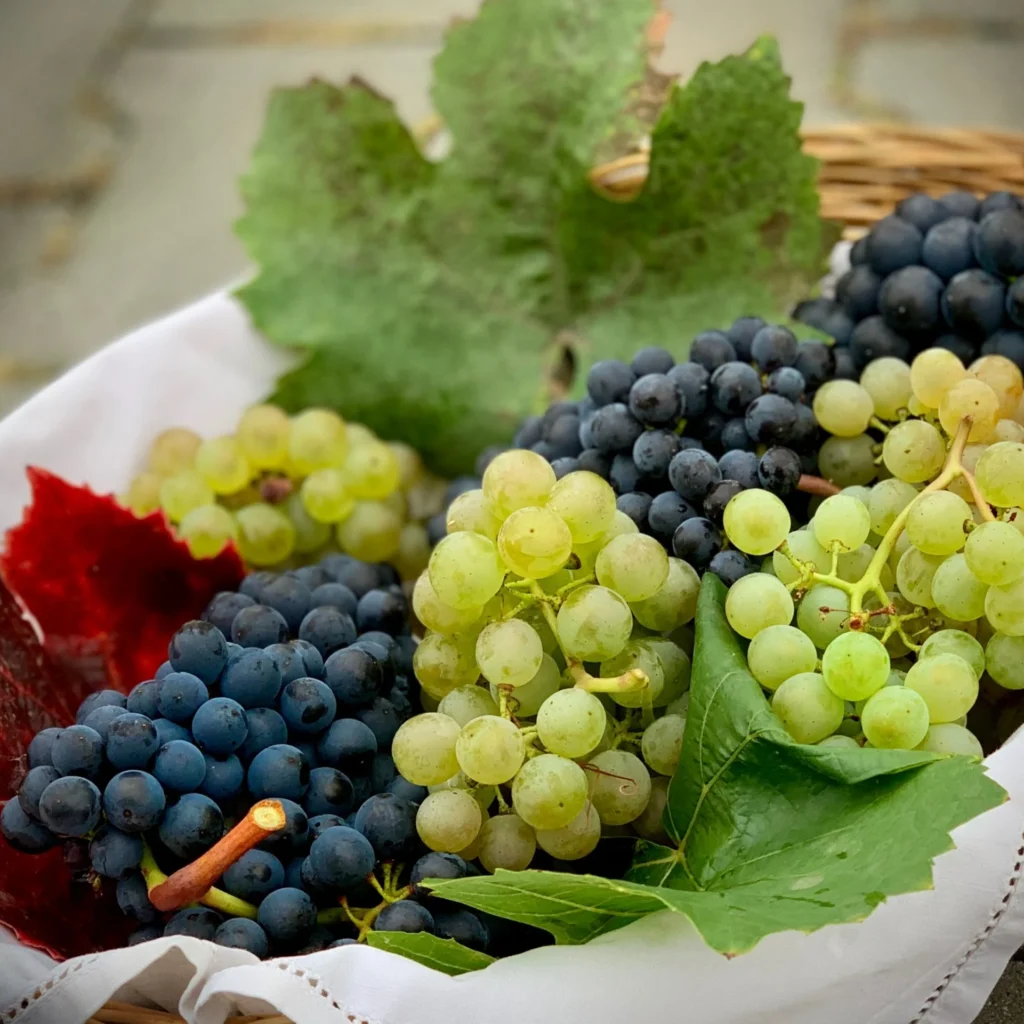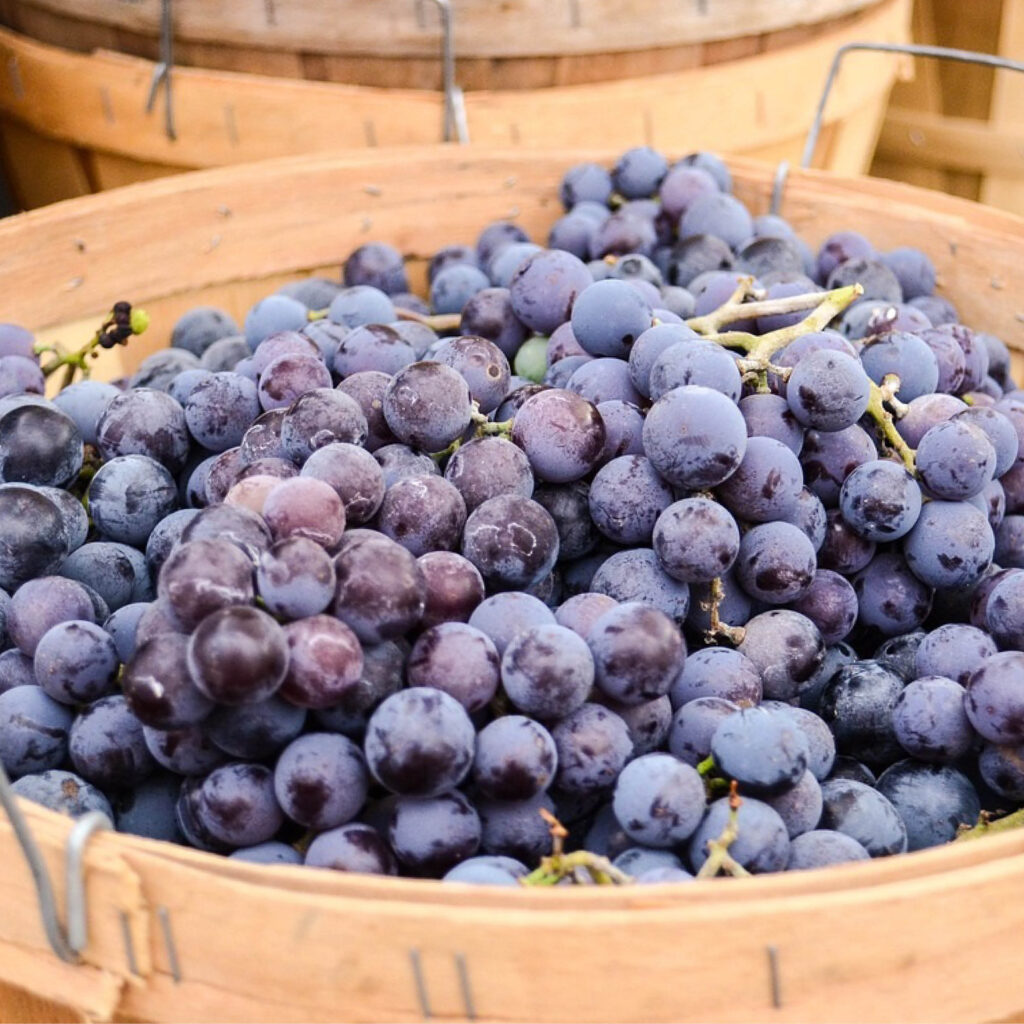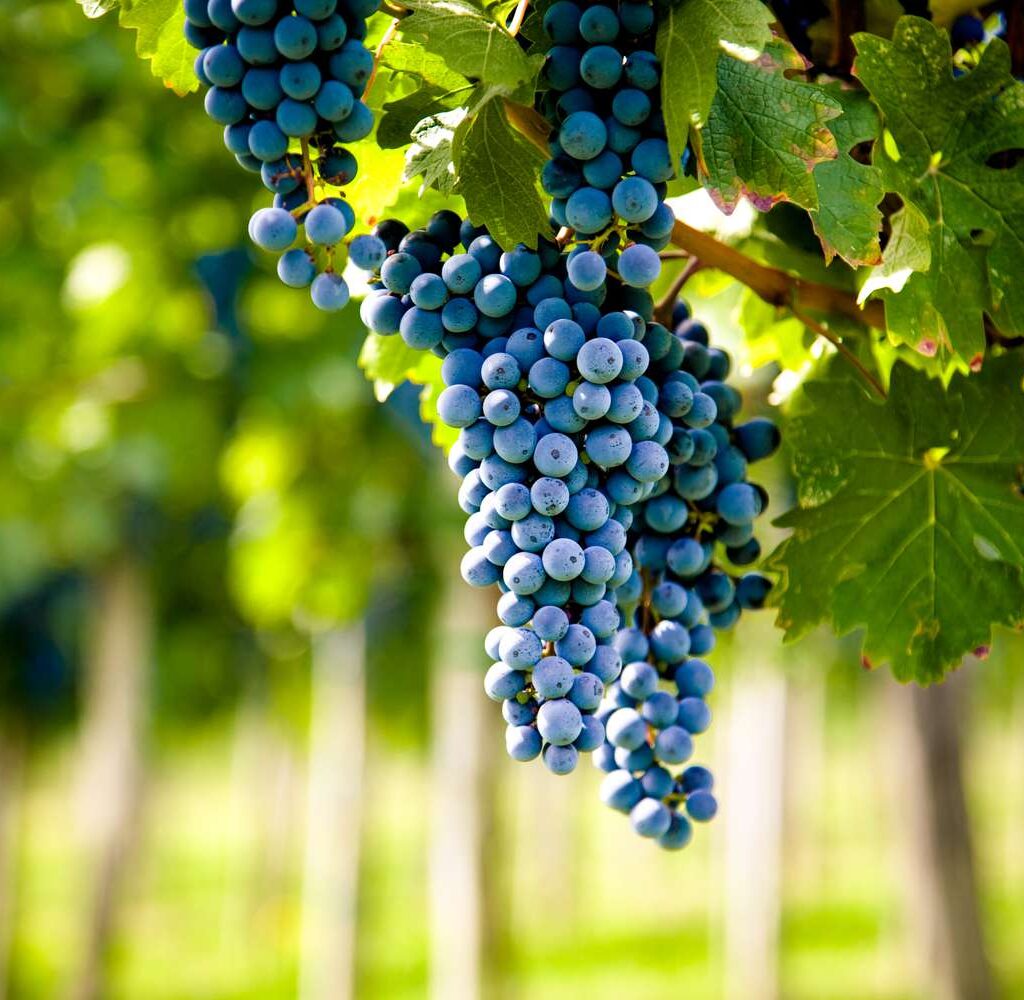Grapes are among the oldest cultivated fruits on Earth — revered for their sweetness, versatility, and cultural importance. From ancient empires of Egypt and Rome to today’s bustling supermarkets, grapes have remained a beloved staple in diets worldwide. Whether enjoyed fresh, dried into raisins, pressed into juices, or fermented into wine, grapes continue to be one of the world’s most widely consumed fruits.
But have you ever wondered where the world gets most of its grapes? Which countries dominate global production? And how does this humble fruit move from sun-soaked vineyards to your table? In this article, we’ll uncover the largest grape-producing nations, the reasons behind their dominance, and how the global grape industry works today.
Global Overview of Grape Production

Grapes are grown in more than 140 countries and regions across all continents (except Antarctica). Collectively, the world produces around 75–78 million metric tons of grapes annually. These are cultivated for:
- Fresh consumption as table grapes
- Raisin production
- Juice and beverage industries
- Wine production, which accounts for around 57% of total grape usage worldwide
However, while many countries cultivate grapes, a handful of nations lead in both production volume and global influence.
Where Does the World Get Most of Its Grapes? Top Producing Countries
Let’s spotlight the key countries from where the world sources most of its grapes:
1 China — The Global Leader

Annual Production: ~11.6 million metric tons
Global Share: Approx. 15%
China holds the title of the largest grape-producing country in the world, having surpassed traditional European leaders over the past two decades. With vast agricultural lands, favorable climates, and heavy government investment, China has emerged as a powerhouse in both table grape and wine grape production.
Where in China?
- Xinjiang: The country’s most famous grape-growing region, known for its seedless, sweet table grapes and sun-dried raisins.
- Shandong, Hebei, Henan: Major suppliers for fresh domestic markets.
- Ningxia and Yunnan: Renowned for award-winning wine vineyards.
What Are Chinese Grapes Used For?
- Fresh consumption in domestic markets.
- Raisin production, particularly from Turpan’s desert basins.
- Rapidly expanding wine production for domestic and export markets.
Fun Fact:
China’s Turpan Basin produces some of the world’s best natural sun-dried raisins.
2 Italy — The Wine Giant
Annual Production: ~7.3 million metric tons
Global Share: Approx. 9.5%
Italy is more than just a tourist paradise of art and history — it’s one of the world’s most important grape producers and the spiritual home of fine wine. Grapes are integral to Italian culture, cuisine, and economy.
Where in Italy?
- Tuscany, Veneto, Piedmont, Sicily, and Apulia are the country’s key grape-growing regions.
- Italy grows over 500 indigenous grape varieties, offering incredible diversity in flavors and wine styles.
Key Products
- Primarily for wine production (over 70% of harvest).
- Limited fresh grapes and raisins for domestic and export use.
- Export leader in premium bottled wine worldwide.
Fun Fact:
Italy is consistently the largest wine producer on Earth, producing over 4 billion liters of wine annually.
3 Spain — The Largest Vineyard Area

Annual Production: ~6.5 million metric tons
Global Share: Approx. 8.5%
While Spain ranks third in production, it boasts the largest vineyard area in the world, with over 950,000 hectares of land under vine. Spain’s dry climate and long sunshine hours make it perfect for grape cultivation.
Where in Spain?
- La Mancha, Rioja, Catalonia, and Andalusia are iconic grape-growing regions.
- Known for both high-volume production and high-quality wines.
Key Products
- Mostly for wine production.
- Significant amounts of bulk wine and table grapes exported.
- Notable producer of Cava (sparkling wine) and Tempranillo reds.
Fun Fact:
La Mancha is the largest contiguous vineyard region in the world.
4 France — The Global Benchmark for Fine Wines
Annual Production: ~5.8 million metric tons
Global Share: Approx. 7.5%
France is a legendary name in the world of grapes and wine. While it stands fourth in production volume, France’s influence in quality, luxury branding, and winemaking innovation is unmatched.
Where in France?
- Bordeaux, Burgundy, Champagne, Rhône Valley, and Alsace are world-renowned grape-growing regions.
- Each region is closely protected by Appellation d’Origine Contrôlée (AOC) regulations.
Key Products
- Primarily for wine production — especially premium and luxury wines.
- Modest production of fresh table grapes.
- France remains one of the world’s largest exporters of high-end wines.
Fun Fact:
The world-famous sparkling wine Champagne can legally only come from the Champagne region of France.
5 United States — California’s Grape Empire

Annual Production: ~5.2 million metric tons
Global Share: Approx. 7%
The United States, particularly California, is a major supplier of grapes to both domestic and international markets. California alone accounts for over 90% of U.S. grape production.
Where in the U.S.?
- California’s Central Valley produces vast quantities of both table and wine grapes.
- Napa Valley and Sonoma County are internationally celebrated for premium wines.
Key Products
- Fresh table grapes (Thompson Seedless, Flame Seedless).
- Raisins, especially from Fresno County.
- Wines ranging from mass-market labels to world-class Cabernet Sauvignons and Chardonnays.
Fun Fact:
Napa Valley’s premium wine industry represents only 4% of California’s grape output but contributes over 30% of U.S. wine sales by value.
Global Grape Market Trends

Rising Global Demand
- Increased interest in health-conscious diets and natural fruits.
- Growth in wine consumption globally, especially in China, India, and Southeast Asia.
- High demand for organic and seedless grape varieties.
Climate Change Challenges
- Extreme heat, droughts, and unpredictable rainfall are affecting yields in key regions like California, Spain, and Italy.
- Winemakers and farmers are adapting by shifting vineyards to higher altitudes and exploring heat-resistant grape varieties.
Technological Innovations
- Use of precision agriculture, drones, and sensor-based irrigation systems.
- Development of disease-resistant grape varieties.
- Expansion of sustainable farming practices and organic vineyards.
Conclusion
So — where does the world get most of its grapes?
The answer is clear: from China, Italy, Spain, France, and the United States. Together, these five countries account for more than 50% of global grape production, supplying fresh fruit, raisins, juice, and wine to markets worldwide.
Each of these nations has unique strengths:
- China dominates with fresh grapes and raisins.
- Italy, Spain, and France are the custodians of centuries-old wine traditions.
- The United States (California) blends large-scale farming with boutique wine craftsmanship.
Whether you’re enjoying a crisp bunch of seedless grapes, a glass of velvety Merlot, or a handful of sweet raisins — chances are they originated from these global grape-growing giants.






Leave A Comment